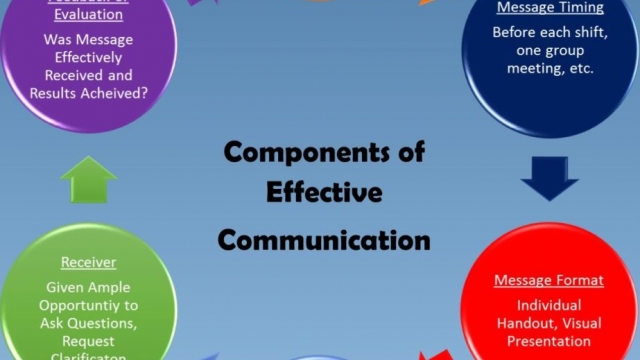The other day I saw this question posed to others in a forum, “what do you do to show your employees they are involved?” The obvious answer to me was, don’t just try to show them, actually get them involved.
I’m sure the intent of the question was supposed to be “how do you involve your employees,” but it didn’t really come across that way. This does bring up the question of do you only do things to try to “show” employees they are engaged, or do you actually involve them? The point being is that if you truly involve your employees, you shouldn’t have to look for ways to appear that you are. Employees are very perceptive when programs or the latest buzz words are being hyped. However, if these programs are not actual practices in their workplace, it comes across as if management is trying to pull a fast one on them.
I’ve seen surveys published where less than 30% of the workforce feels engaged. A 2013 Career Builder survey found that 77% of “full-time employed workers are open to, or actively looking for, new job opportunities.” There is a lot of lost productivity due to these staggering numbers. And don’t think for one minute that the lackluster attitude doesn’t trickle down to the quality of service and attention your customers receive.
In this 3-part blog series, we’ll explore ways to make sure your employees feel truly engaged to help you with employee retention as well as ensure your customers receive quality service.
Where To Start
There is no end-all, be-all list of engagement ideas. Some techniques will depend upon your business model, you and your employees’ personalities, what motivates your employees, and what you view as quality outcomes for your customers.
It’s usually best to start at the beginning with the hiring process. Find candidates that mesh well with your current corporate culture. You can always teach and train to skill. Make sure you take the time to orient employees not only into their job, but into the company culture. Unfortunately, this step is often not comprehensive, a low priority, or skipped altogether.
Make sure to join me next time as we continue to explore ways to engage your employees.
Roy Barker is Director of Special Projects at Moore Diversified Services, a Fort-Worth, Texas, based organization specializing in operations analysis, marketing development, and investment advisory services. Roy is an authority in the field of employee turnover analysis and retention strategies.













 You no doubt have many Mothers as part of your community, both as residents and employees. What do you have planned for these special women? Some will have family to spend the day with, but some will not. How would you like your mother to be honored if you were not there to do it yourself? A nice luncheon, a social event?
You no doubt have many Mothers as part of your community, both as residents and employees. What do you have planned for these special women? Some will have family to spend the day with, but some will not. How would you like your mother to be honored if you were not there to do it yourself? A nice luncheon, a social event?